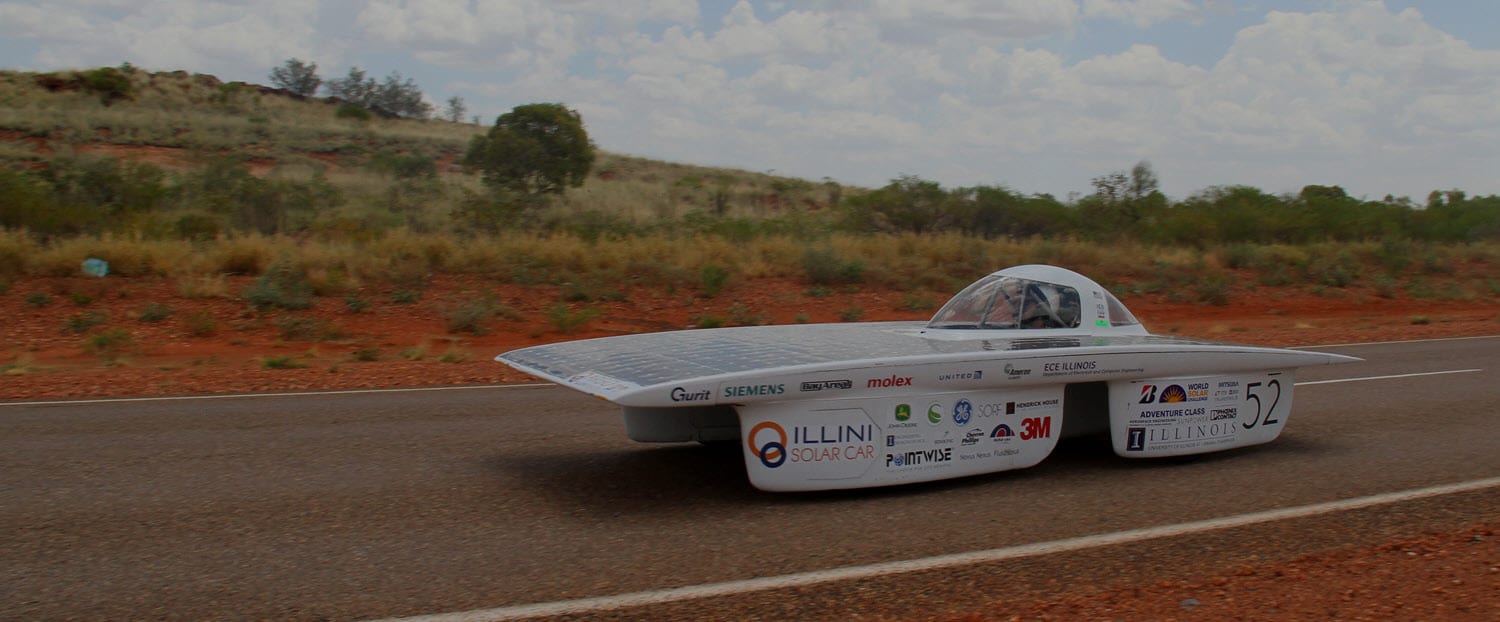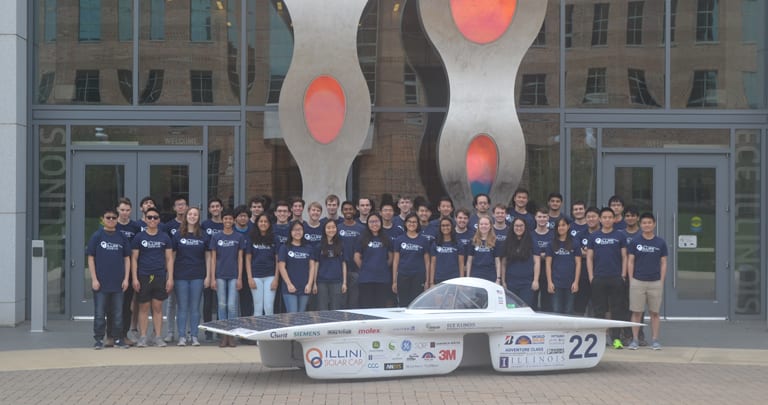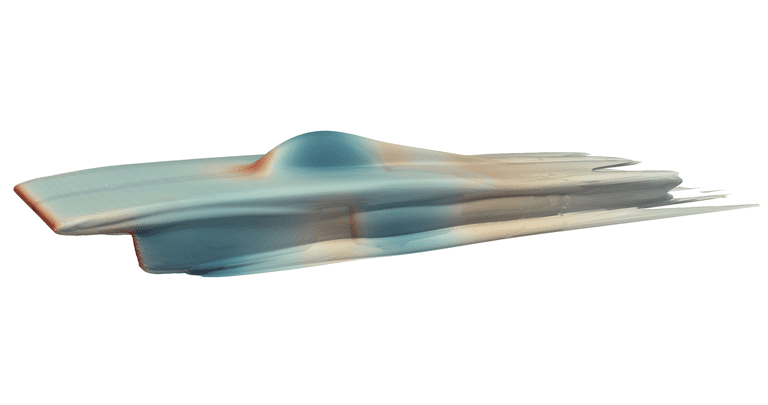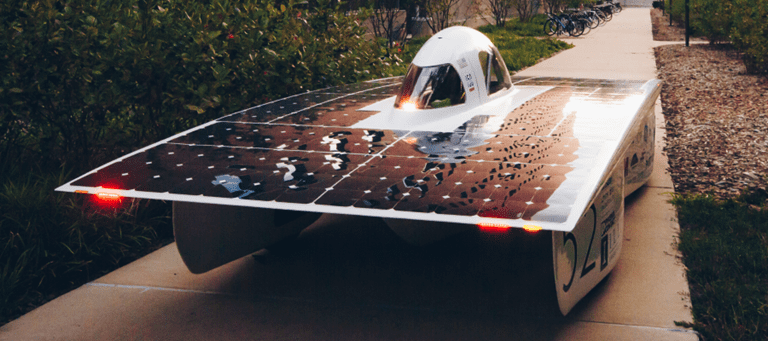

Founded in 2014, Illini Solar Caris a student-run organization dedicated to building road-legal vehicles that are powered solely by solar energy. These vehicles are designed for competing in sanctioned endurance challenges spanning thousands of kilometers of public roads, over multiple days of driving. Illini Solar Car team is composed of 60+ members pursuing over 20 different majors from the University of Illinois at Urbana-Champaign.
The Illini Solar Car team wanted to improve the design of their first solar vehicle, Argo. Unfortunately, they didn’t have access to a full-size wind tunnel. This is when they decided to use computer-aided engineering (CAE), which would allow them to design and further fine-tune their models without needing to spend excessive amounts of time and money creating and testing physical prototypes for design iterations.

The team wanted to use simulation for the external shell, where the goals were minimizing drag, optimizing the location of the center of lift, and ensuring stability of the solar car during cross winds and gusts from large oncoming vehicles. At the same time, they wanted to simulate the internal flow, such as ducting and fans. Especially of interest were coupled aerodynamic and thermodynamic simulations of electrical enclosures that are at risk of overheating during competitions such as the American Solar Challenge or the Bridgestone World Solar Challenge for which the team is preparing.
SimScale is easily the best implementation of OpenFOAM that we have ever used, and it has significantly accelerated the development of our next vehicle’s aerodynamic body. The customer support team at SimScale is unrivaled in their friendliness and efficiency, making SimScale one of the best CAE sources available.
Joel Khristy
Aerodynamics Engineer – Illini Solar Car
Illini Solar Car decided for SimScale since the platform is implemented on OpenFOAM for computational fluid dynamics. The team wanted to use OpenFOAM due to its open-source nature and its widespread use in academia. Another advantage was the learning experience that it could provide their team members with, as they strive for vertical integration and opportunities for personal achievement.

The team modeled the car in an industry-standard CAD software and then converted it to a STEP format for uploading it to SimScale. It was then meshed using the parametric hexahedral option with surface, feature, and volumetric refinements with boundary layers on the car and on the moving-wall type floor of the domain. The steady-state simpleFoam algorithm was used for solving incompressible flow around the shell of the vehicle. The symmetric nature of the car also allowed them to use a symmetry plane down the center of the full domain in direct headwind simulations to massively save on computational resources.
After running simulations of their first car, Argo, the Illini Solar Car team realized many mistakes in the shape of the aerodynamic shell which could have been avoided if CFD simulations were run on the vehicle beforehand. They are now planning to heavily utilize CFD simulations for internal and external flow optimizations in order to make sure that such oversight will not be repeated. As a result of using SimScale and the data gained, the team was already able to implement two major design changes to the aerodynamic shell of their next car.

“The ease-of-use in setting up and running simulations in SimScale has enabled us to create and refine our designs faster than we have ever before. It has allowed us to run more
simulations while significantly cutting down on setup time, giving us opportunities to further analyze the data gained from these simulations.
The team plans to keep simulating and iterating upon designs for their next solar car until improvements become negligible with further iterations. They also plan to take advantage of
SimScale’s ease-of-use, available documentation, and tutorials to teach new members how to run CFD simulations.




Sign up for SimScale
and start simulating now